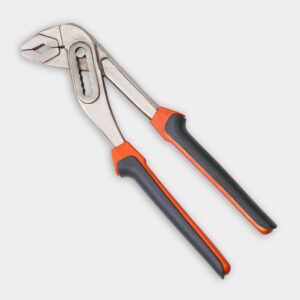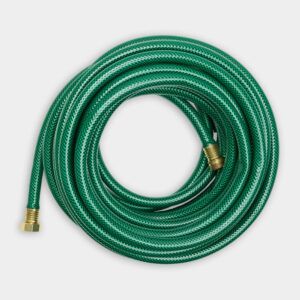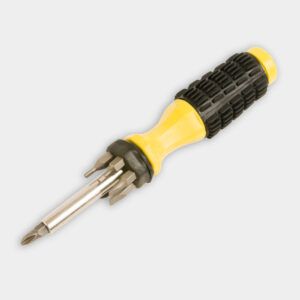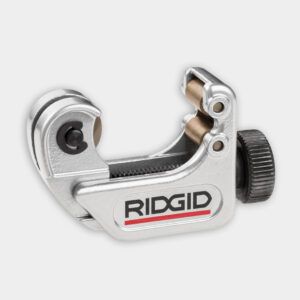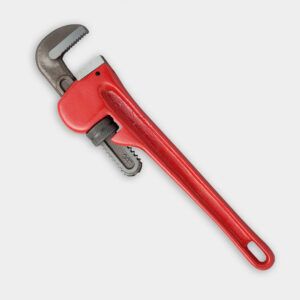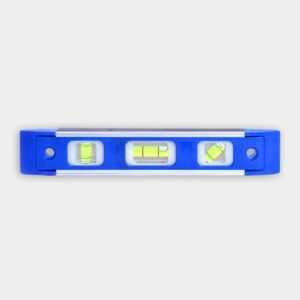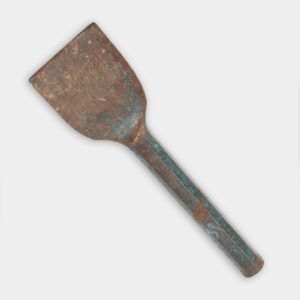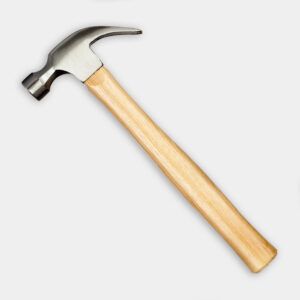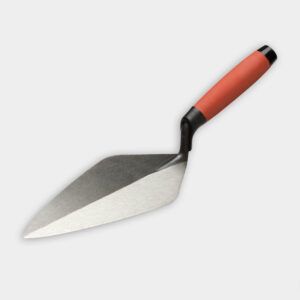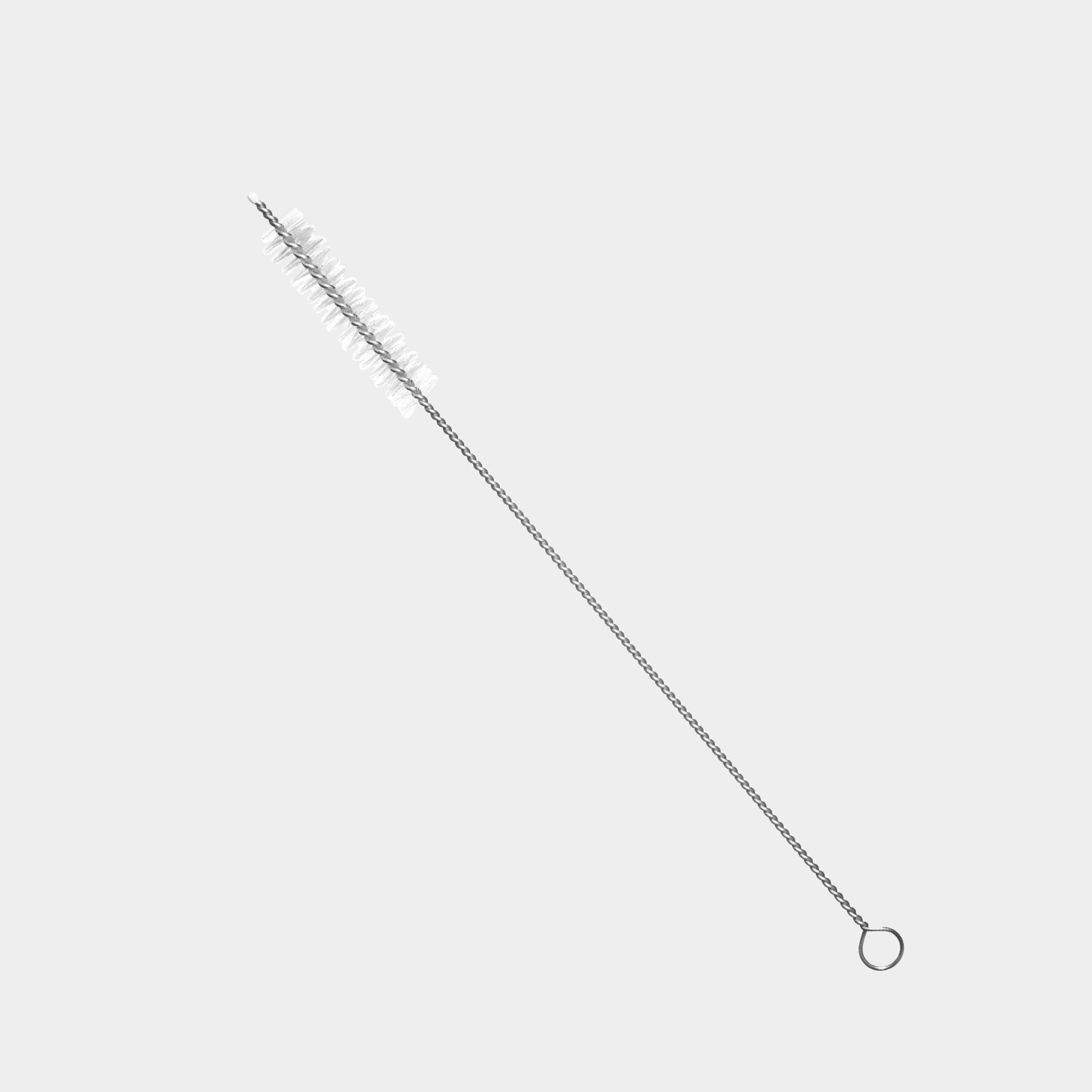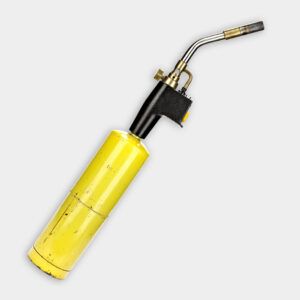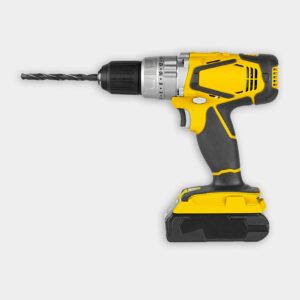Project details
Skill
Cost
Estimated Time
Replacing an old water heater is a common home improvement project that can provide peace of mind and improved hot water supply. While it may seem overwhelming for some homeowners, the process is simple. This Old House plumbing and heating expert Richard Trethewey takes us on a house call to relieve a homeowner’s stress. With a 16-year-old water heater lurking in the basement, the homeowner is expecting it to fail at any moment, so Trethewey suggests they swap it out with a new unit. Below are the detailed steps to replace a tank-type water heater.
When To Replace Your Water Heater
Most tank-type water heaters last between 8-12 years, though some may live longer with regular care and maintenance.
- Age: If your water heater is over 10 years old, it’s nearing the end of its expected lifespan.
- Rusty water: Discolored water coming from your hot water taps may indicate internal corrosion.
- Unusual noises: Rumbling or banging sounds can signal sediment buildup in the tank.
- Visible leaks: Any water pooling around the base of the heater is a clear sign of trouble.
- Inconsistent heating: If you’re experiencing frequent temperature fluctuations, it may be time for a new unit.
Water Heater Replacement Process
While Trethewey recommends having a licensed professional handle the installation, understanding the process can help you make informed decisions.
Note: Tank-type water heaters, particularly those of the gas-fired variety, should be replaced by licensed pipefitters, and they should secure permits for the project.
Remove the Old Water Heater
- Locate and shut off the water valve. It should be within a few inches from the top of the water heater.
- Locate and shut off the gas valve. Most gas valves will have a line that displays the position of the valve. This line should be perpendicular to the pipe to ensure that the gas is off. Once the valve is shut, use a pair of water pump pliers to break the union fitting below the gas valve and disconnect the pipes.
- Attach a garden hose to the drain at the bottom of the old water heater. Run the hose to a floor drain if there is one, or attach it to a pump. Using a screwdriver, open the drain by turning the stem counterclockwise and let the tank drain.
- Choose two spots on the existing copper pipes to cut, making sure to cut them high enough for the new tank if it’s larger. Use the sanding cloth to clean up the pipes before placing the tubing cutter on the pipe. Tighten the tubing cutter onto the pipe and turn it until the pipe cuts, tightening every few revolutions. Repeat on the other copper pipe, as well.
- Remove the flue pipe from the top of the water heater and the chimney. Some concrete may break, but this will be repaired when the new flue is installed. Remove the old water heater from its location.
- Use a pipe wrench to remove the trim from the old water heater. Remove the copper pipe stubs from the top of the water heater and the gas pipe trim from the bottom at the electronic control.
Install the New Water Heater
- Carefully place the new water heater in its location. Make sure it’s level by placing a level on top of the heater and using shims underneath. Mark the new flue’s location on the chimney with a pencil.
- Apply pipe thread tape to the pipes sticking out of the top of the water heater, running the tape in a clockwise direction. Install the copper piping to the top of the water heater using a pair of water pump pliers to tighten the pipes in place. Use new fittings if necessary.
- Apply gas-safe pipe dope to the gas pipes and reinstall them using pipe wrenches. Be sure to tighten them firmly to prevent leaks.
- Solder the new pipes to the existing water pipes using a gas torch, flux, and lead-free solder. Reinstall the vacuum valve at the top of the fitting attached to the water heater. Turn the water on and let it fill the tank.
- If necessary, chip away the chimney using the cold chisel and a hammer. Install the new flue using self-tapping screws and a screw gun. Mix concrete and use a trowel to patch the hole around the flue to ensure gas cannot make its way back into the home.
- Install an overflow pipe on the side of the water heater using thread tape and water pump pliers.
- Turn the gas back on and check for leaks. Set the water heater to the desired temperature.
- Date the water heater by writing the month and year it was installed on the side.
Important Water Heater Considerations
When replacing your water heater, keep these factors in mind to get the best use out of your appliance:
- Size: Choosing the right size water heater will ensure you can meet your household’s hot water needs. Consider the available space in your home, the number of people, and peak water usage times.
- Energy Efficiency: Look for a model that has a high Energy Factor (EF) rating, the Energy Star label, or good insulation quality.
- Choose the Right Model: Consider energy efficiency, capacity, fuel type, and recovery rate—the time it takes to reheat water afterward. The higher the efficiency and quicker the recovery rate, the faster you get hot water.
- Go Green: Eco-friendly water heaters, such as solar or heat pump models, save on energy bills and reduce your environmental impact. While initially more expensive, rebates and credits can reduce the cost.
Professional vs. DIY Water Heater Installation
While some homeowners may be tempted to replace their water heater themselves, there are important reasons to consider professional installation:
- Ensures compliance with local codes and regulations
- Expertise in sizing and system optimization
- Proper handling of gas and electrical connections
- Warranty protection
When To Call a Pro
Always hire a licensed professional if:
- The installation requires modifications to your home’s gas or electrical systems.
- You’re not comfortable working with gas lines or high-voltage electricity.
- You’re switching fuel types (e.g., from electric to gas).
Common Water Heater Problems and Troubleshooting
Even with proper installation, you may have issues with your new water heater. Here’s how to fix these problems and save yourself time and money.
Temperature Problems
If your water isn’t as hot as expected or fluctuates in temperature, check the thermostat settings and make sure they match your desired temperature. Sediment build-up in the tank or a faulty heating element could also be to blame, so flush the tank and inspect the heating elements regularly.
Noisy Operation
Unusual noises, such as popping or rumbling, often mean sediment has built up at the tank’s bottom. Regular flushing can prevent this problem, but you may have to drain and clean the tank if it’s already present. Inconsistent or unusual noises should always be checked out to avoid more severe issues down the line.
Leaks and Drips
Water pooling around your heater or frequent drips can indicate a serious issue. Inspect all connections and valves for tightness. If leaks persist, it could mean a more critical problem, such as a tank fracture. In such cases, consult a professional to determine if it needs repair or replacement.
Resources
Trethewey installs a hot water heater (tank-type) with the help of a homeowner. He suggests replacing the old hot water heater with a new tank instead of opting to install a new combination boiler, as it’s the most cost-effective solution and a really simple replacement.
Trethewey suggests that once the new hot water heater reaches the end of its life, the boiler will likely be at the end of its life too. At that point, replacing both the boiler and how water heater with a combination boiler is the best solution.
Tools and materials used in this video were manufactured by Rheem Manufacturing, available at The Home Depot.
Materials
- Permanent marker
- Plumber’s sanding cloth
- Shims
- Plumber’s thread tape
- Various copper fittings
- Concrete
- Lead-free solder
- Flux
- Vacuum valve
- Self-tapping chimney screws
